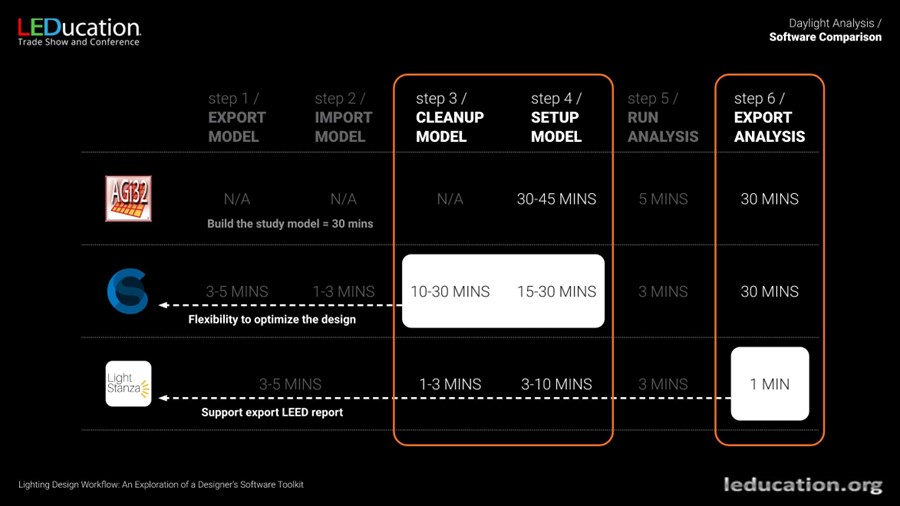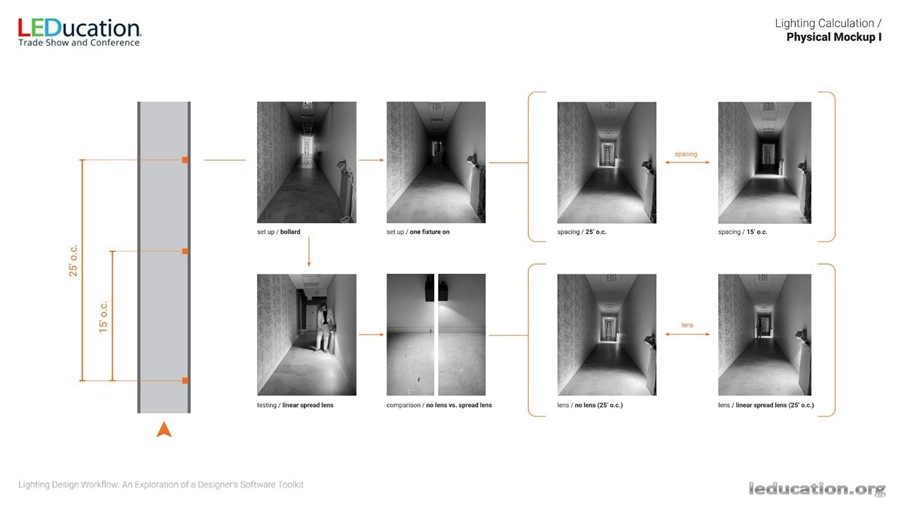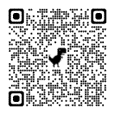Lighting Design Workflow: An Exploration of a Designer’s Software Toolkit
Lighting design is an essential aspect of creating functional and visually appealing spaces. With the advent of technology, lighting analysis software has become a crucial tool in the lighting design industry. However, the selection of the right software can be a challenging task, and it requires a thorough understanding of the three critical elements in the lighting design progress: Efficiency, Accuracy, and Aesthetics. Efficiency ensures that the lighting design process is streamlined, and the software can handle complex calculations quickly and efficiently. Accuracy ensures that the software can provide reliable and precise results, which are essential in creating a successful lighting design. Finally, Aesthetics ensures that the lighting design software can provide visually appealing results that meet the client's vision. The authors conducted a research project on lighting software that focused on three critical elements, and they recently presented the results of their study at LEDucation 2023.
Top Down: Workflow Analysis
As a lighting designer, lighting simulation is the key to informing design decisions. The software analysis sections illustrate the purposes of utilizing different software to resolve design concerns and how these study experiences help designers make design decisions.
To achieve an apples-to-apples software comparison, the study research method classifies four types of lighting applications: typical space, outdoor space, daylight analysis, and complex construction, and divides the calculation workflow into six steps from "export architecture model" to "save analysis result.”
This presentation shows a daylight analysis and a facade rendering study to compare the pros and cons of various software options. To explain, the flowchart (Fig. 1) shows processing duration on each step of various daylight analysis software in the same lighting application. Furthermore, it also provides the strength and weakness conclusion to these software. Thus, designers can evaluate which software may be the most appropriate to use in each scenario.
Through this study, the audience can easily relate to their work experience and understand which tools could be helpful in their office by referencing these software comparisons.

Bottom Up: Project Studies
When it comes to designing lighting projects, software selection is only one of several factors to consider in determining the workflow. In other words, the approach must always be tailored to the specific situation at hand. The project studies section of the presentation offers several examples of how this can be done successfully.
For instance, the art installation project demonstrates how advanced parametric tools can be used to create diagrammatic renderings that help persuade clients to buy into a particular concept. Meanwhile, the Revit space-by-space method highlights how BIM tools can save time and automate repetitive tasks in the design process, allowing designers to focus on more critical aspects of the project. However, there are also situations where a single software program is not sufficient to handle all aspects of the analysis required. The landscape lighting project (Fig. 2) showcases how multiple analysis software tools can be combined with physical mock-ups to determine the final design details.
Overall, the project studies section reinforces the idea that there is no ultimate lighting analysis tool that can work for every project. Instead, designers must carefully evaluate their goals and priorities and select the software and tools that are most appropriate for the task at hand. By being flexible and adaptable, designers can create successful lighting projects that meet the needs of their clients and achieve their intended objectives.

To view our complete presentation, please click our LEDucation archive link or scan the QR code
https://leducation.org/wp-content/uploads/2023/03/LED2023_Lighting_Design_Workflow.pdf

Hsin-Ying Huang and Tzu-Hao Kuo
May 3, 2023